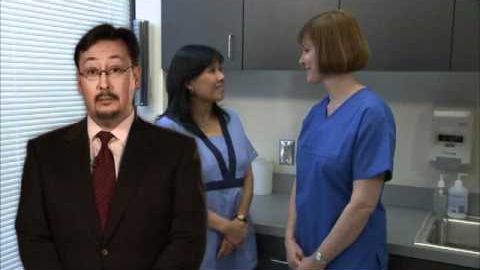
Subtitles & vocabulary
Injection Safety Video
00
kuoyumei posted on 2014/06/04Save
Video vocabulary
access
US /ˈæksɛs/
・
UK /'ækses/
- Noun (Countable/Uncountable)
- Way to enter a place, e.g. a station or stadium
- The opportunity or right to use something or to see someone.
- Transitive Verb
- To be able to use or have permission to use
A2TOEIC
More single
US /ˈsɪŋɡəl/
・
UK /'sɪŋɡl/
- Noun
- One run in cricket or a hit baseball
- An individual song from a CD or album
- Adjective
- Being one only, without others
- Only; merely
A1
More draw
US /drɔ/
・
UK /drɔ:/
- Transitive Verb
- To attract attention to someone or something
- To influence a person's involvement in something
- Noun (Countable/Uncountable)
- Something that attracts people to visit a place
- A lottery or prize
A1TOEIC
More risk
US /rɪsk/
・
UK /rɪsk/
- Verb (Transitive/Intransitive)
- To do something potentially dangerous or foolish
- Noun
- Actions that cause potential problems
A1
More Use Energy
Unlock All Vocabulary
Unlock pronunciation, explanations, and filters
